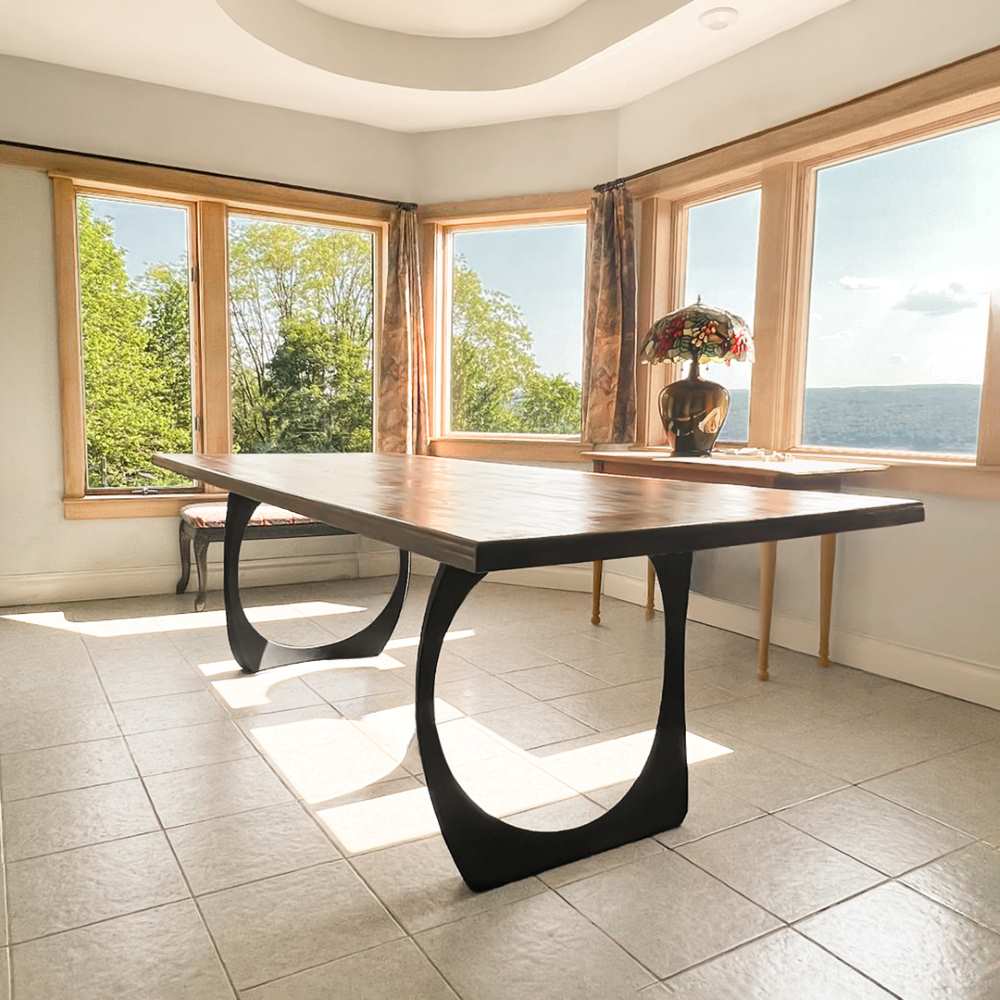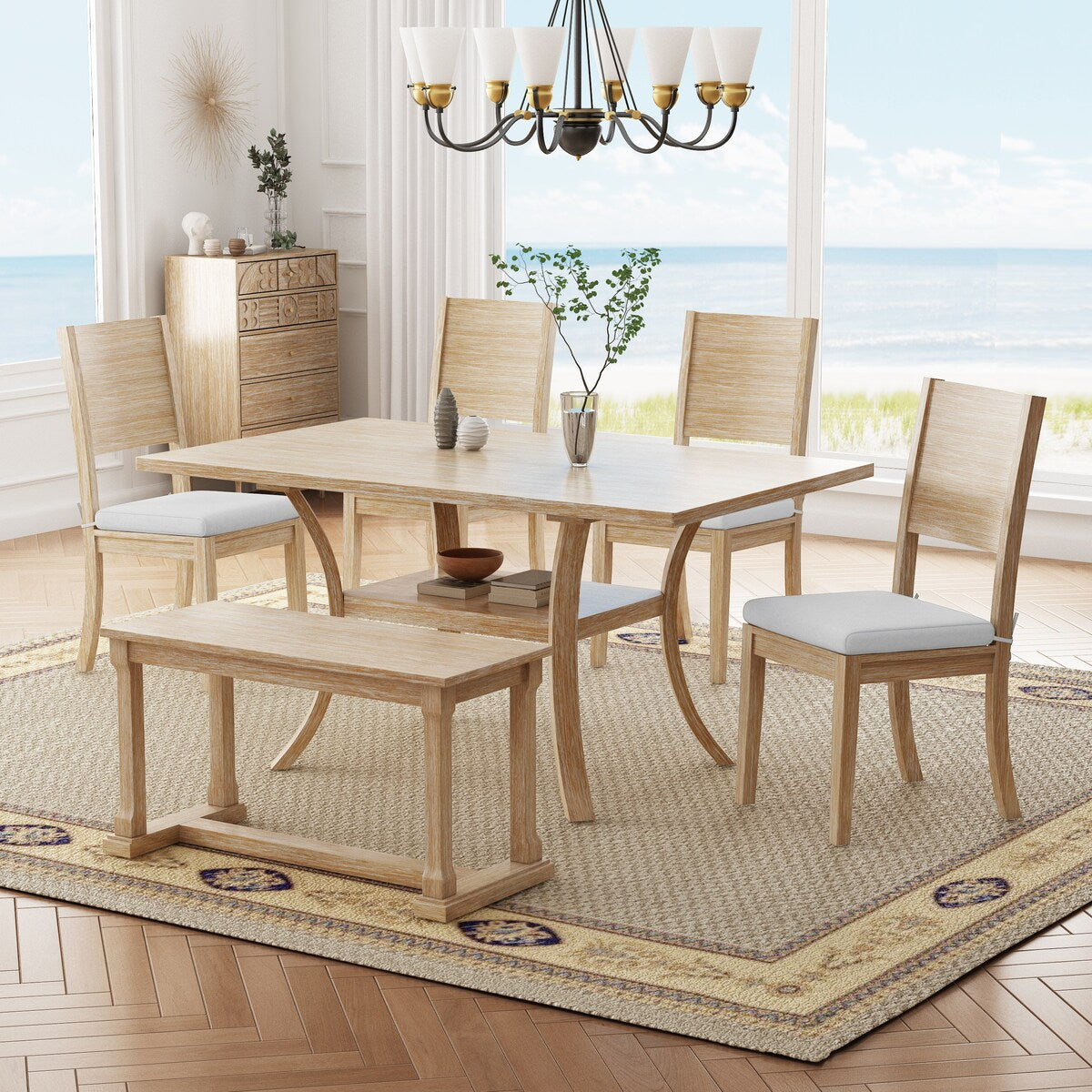How to Maintain and Care for Your Dining Room Table Legs
How to Maintain and Care for Your Dining Room Table Legs
Blog Article
Expert Tips for Setting Up Dining-room Table Legs for Optimum Stability
When it comes to installing dining area table legs, attaining maximum security is paramount for both functionality and aesthetic appeals. What certain methods can improve security also further?
Choose the Right Legs
When choosing the appropriate legs for your dining space table, it is vital to think about both performance and aesthetic appeals. The legs you choose will considerably affect the total style and stability of the table. Initially, examine the table's intended usage; if you expect regular gatherings, tougher legs, such as those made from solid timber or steel, might be better, as they offer boosted resilience and support.
Common dining tables typically vary from 28 to 30 inches in elevation, so make certain the legs line up with this requirement for convenience. Tapered legs can include a modern touch, while turned legs may convey an extra classic aesthetic.

Select Appropriate Hardware
Exactly how can the best hardware boost the security and long life of your dining-room table? The option of suitable hardware is crucial to ensuring that the legs of your table are securely connected and able to endure normal use. Top notch screws, screws, and brackets supply the needed stamina to support the weight of the table, as well as any type of extra loads put upon it throughout gatherings or dishes.
When choosing screws, choose those made from long lasting materials such as stainless-steel or brass, which stand up to corrosion and maintain honesty with time. The length of the screws is just as crucial; they ought to penetrate deeply right into the table's structure without jeopardizing integrity. For bolted connections, consider utilizing lock washers to stop loosening up because of vibration or motion.
Additionally, making use of corner brackets can add added support, specifically for bigger tables or those with much heavier tops. These braces disperse weight equally and assist preserve the table's form. Making sure that the equipment you pick is ideal for the details materials of your table will further boost its general stability and longevity, permitting you to appreciate your dining experience for years to come.
Ensure Correct Placement
Appropriate positioning of eating space table legs is essential for both visual allure and useful security. Misaligned legs can lead to an unequal table top, which may not just be aesthetically unappealing yet also compromise the table's use. To achieve optimum alignment, begin by determining the distance from the table's corners to the leg add-on factors. This guarantees that each leg is located equidistant from the edges, producing a balanced look.
Make use of a level during setup to confirm that each more leg is vertical to the table top. It is recommended to mark the preferred leg settings on the bottom of the table with a pencil or concealing tape prior to protecting them.
Furthermore, confirm the placement after the first screws are tightened, as changes may be needed before fully protecting the hardware. By prioritizing proper positioning, you not just boost the table's total layout yet also ensure that it remains practical and steady for many years to come.

Think About Weight Distribution
After guaranteeing official site correct placement of the dining-room table legs, it's important to consider weight distribution to boost stability and functionality. dining room table legs. Proper weight distribution is essential in stopping tottering and ensuring that the table can support its desired load without risk of tipping or collapsing
When placing the legs, ensure they are positioned at equal ranges from the facility of the table to evenly disperse the weight across the structure. Consider the weight of the table top and any things that will regularly hinge on it, such as tabletop home appliances or attractive pieces. Tables with larger surfaces must preferably have legs positioned closer to the corners, as this optimizes the base of support and lessens the threat of instability.
In addition, if the table is meant for usage in a high-traffic area, consider making use of larger materials for the legs or adding stabilizing components, such as cross-bracing or a lower shelf - dining room table legs. These adjustments can assist keep balance and avoid moving throughout usage. Ultimately, a well-considered weight distribution technique will significantly enhance the table's general efficiency, ensuring it stays a practical and eye-catching focal point for your dining space
Test Stability Before Use
Testing the security of the eating space table prior to use is an important step that should not be forgotten. Guaranteeing that the table is safe and secure and steady can avoid accidents and prolong the lifespan of the furnishings. Begin by applying mild stress to different factors on the table surface. Push down on the facility and after that along the edges, observing any type of wobbling or changing. Recognize the legs or joints that might call for adjustment. if the table shows instability.
Following, inspect that all fasteners and screws are tightened effectively. Loose connections can bring about instability and potential damages in time. If essential, use timber glue on joints to enhance security, guaranteeing to allow adequate drying out time.

Verdict
In verdict, the installment of dining-room table legs calls for mindful factor to consider of products, weight, equipment, and placement distribution to accomplish optimum stability. By choosing strong legs and top notch fasteners, ensuring precise placement, and distributing weight uniformly, the architectural integrity of the table can be substantially improved. Carrying out a security examination before normal usage additionally makes sure that the table will certainly hold up against day-to-day pressures, therefore offering a trusted and risk-free dining experience.
When it comes to setting up dining area table legs, achieving maximum security is paramount for both functionality and appearances. The legs you choose will considerably impact the overall layout and security of the table (dining room table legs). Basic eating tables typically vary from 28 to 30 inches in height, so ensure the legs align with this criterion for convenience.Correct alignment of eating area table legs is crucial for both visual charm and useful security.In final thought, the installation of dining space table legs needs cautious consideration of products, equipment, placement, and weight circulation to attain optimum stability
Report this page